- Messages
- 10,562
- Location
- Bozeman, MT
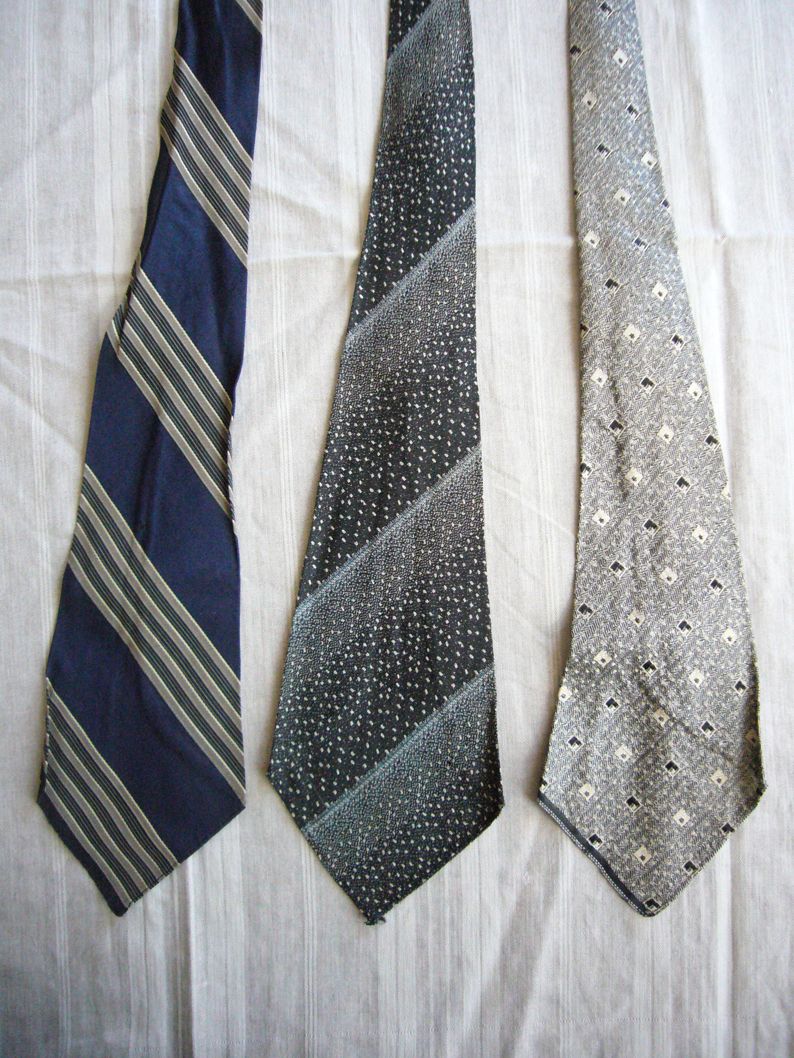
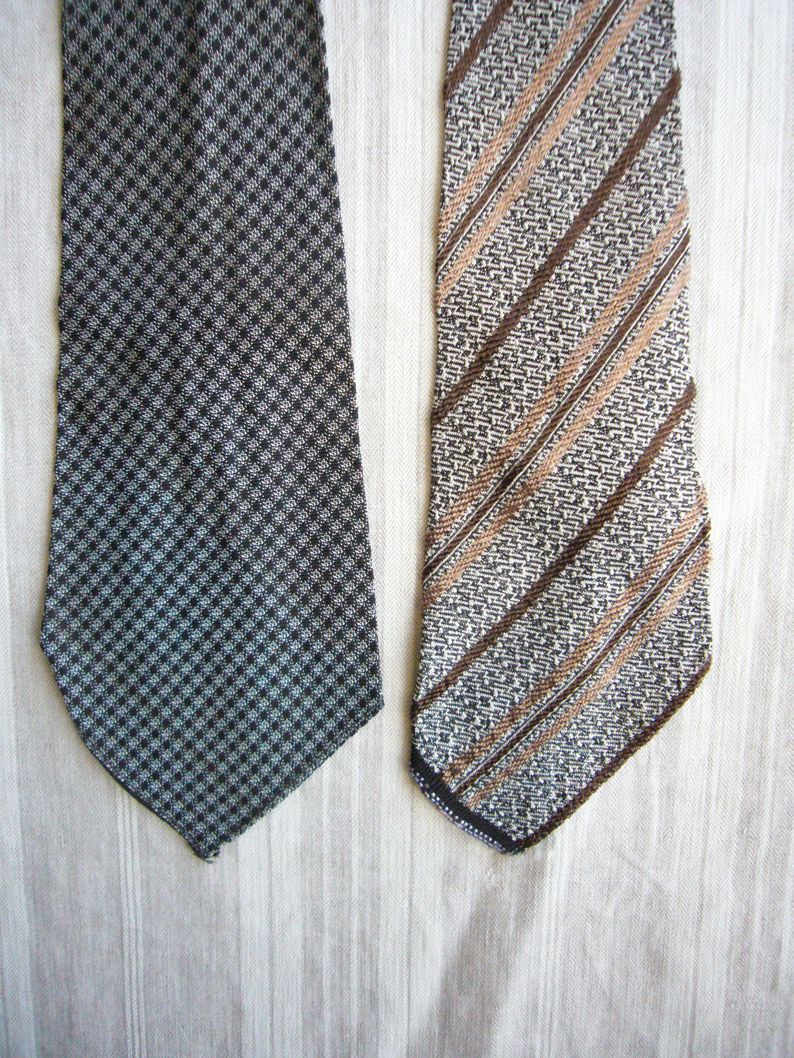


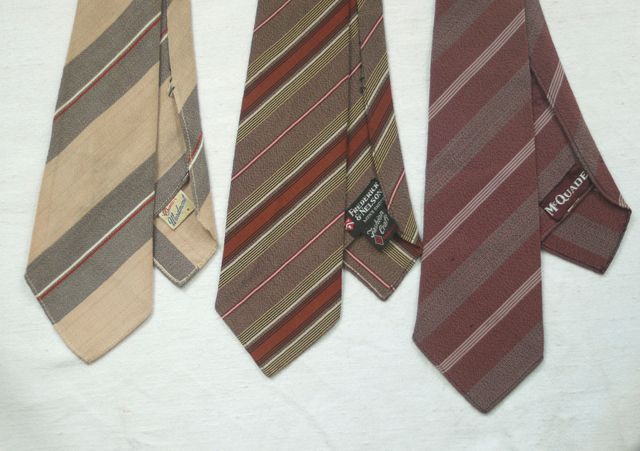
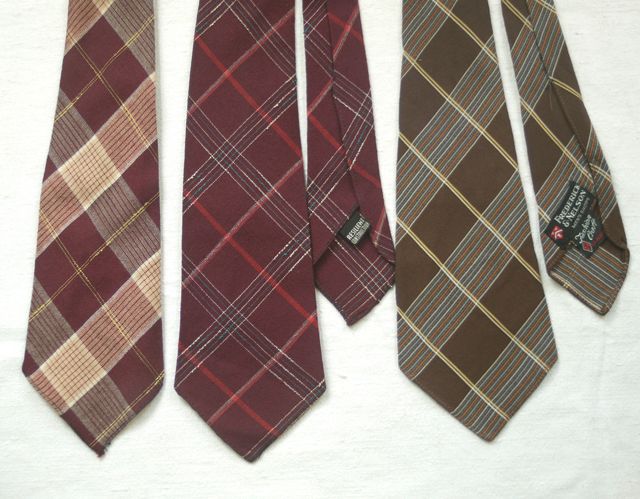



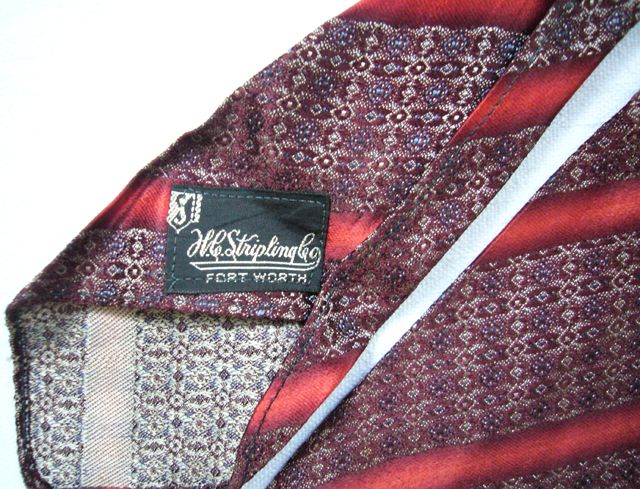

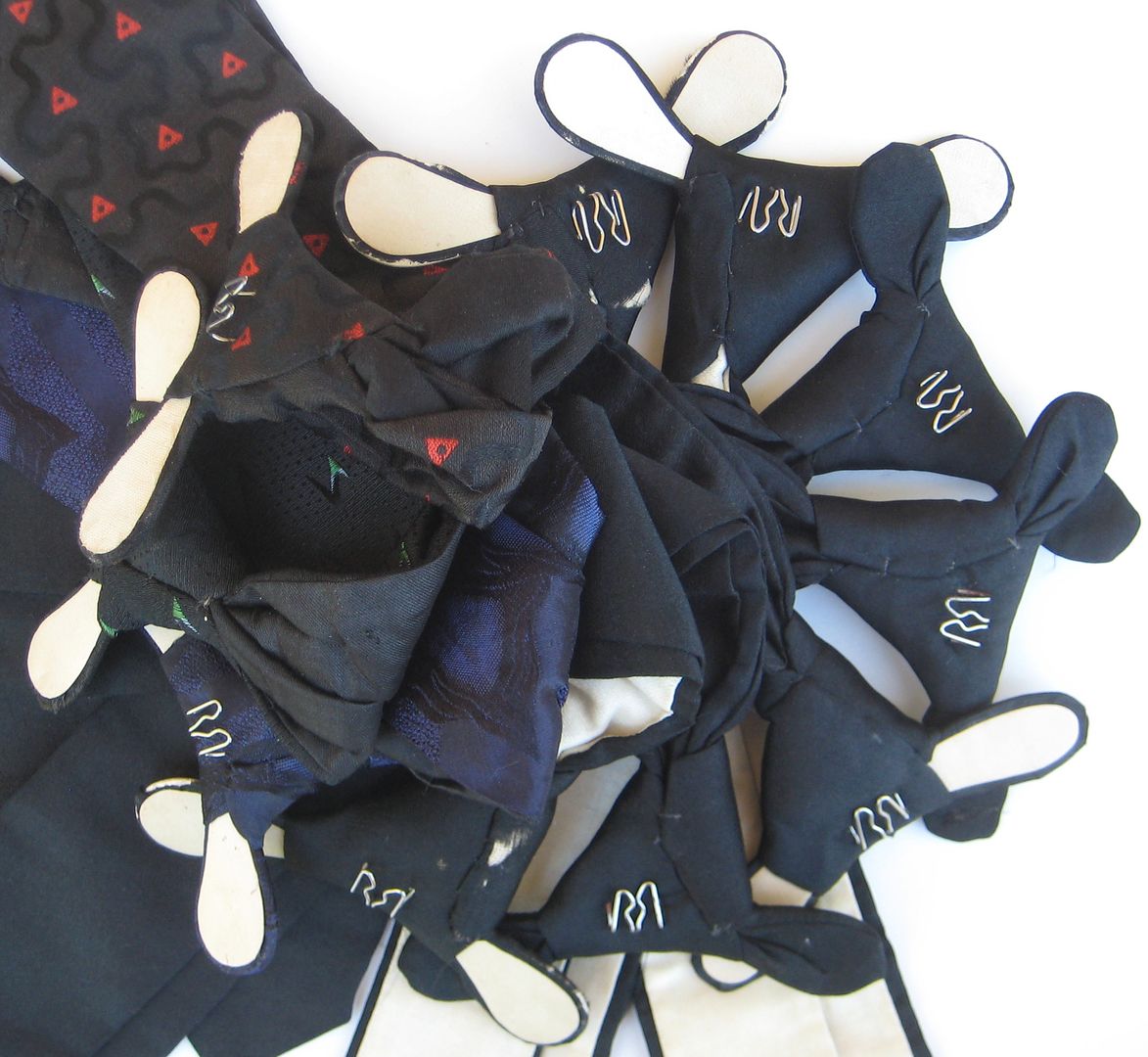
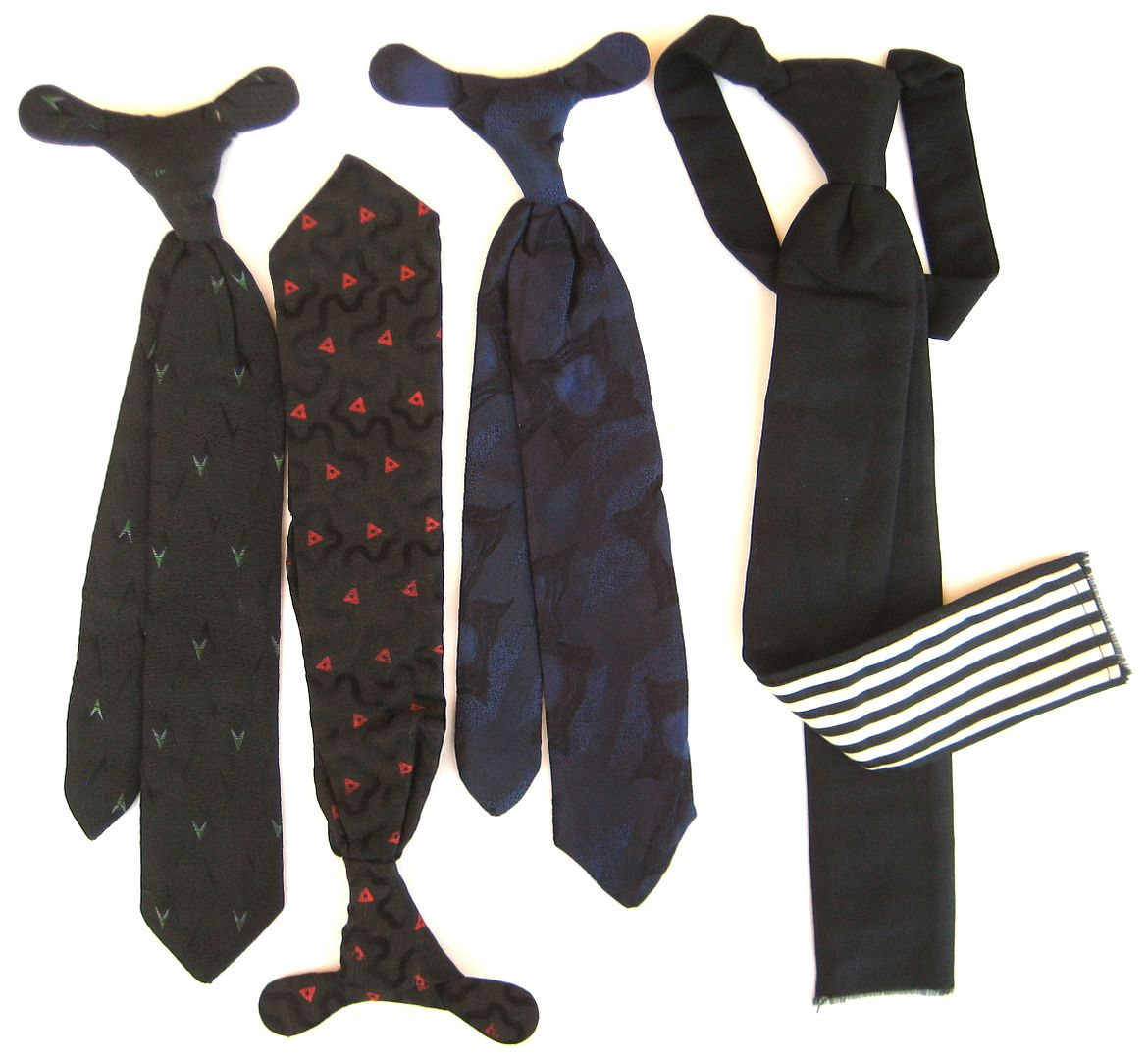
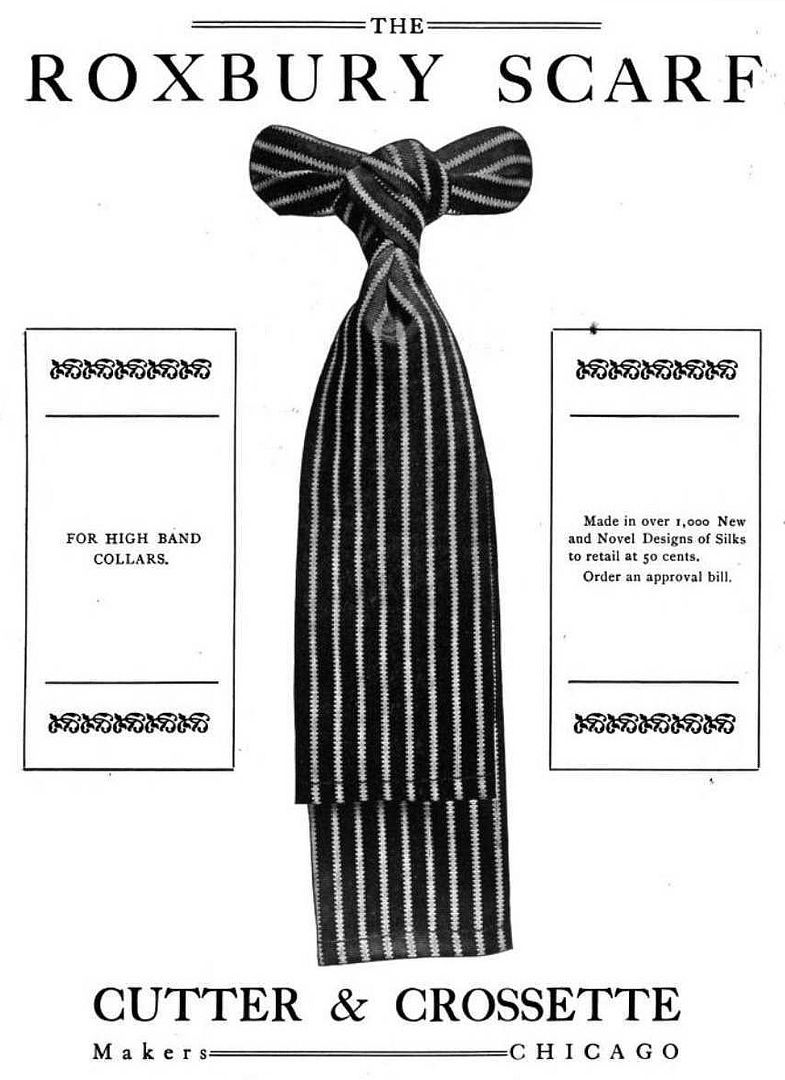
You mean you haven't read my article in The Chap? How dare you!
You'll see most 30s ties made of 2 or sometimes 3 panels, cut on the bias. About 2/3 of the way from the fat end, on the rear, you'll see a diagonal seam where the panels are attached. This is the fundamental basis of the patent (astonishingly). It was essentially a codification of many of the features of standard, though by no means universal, tie construction.